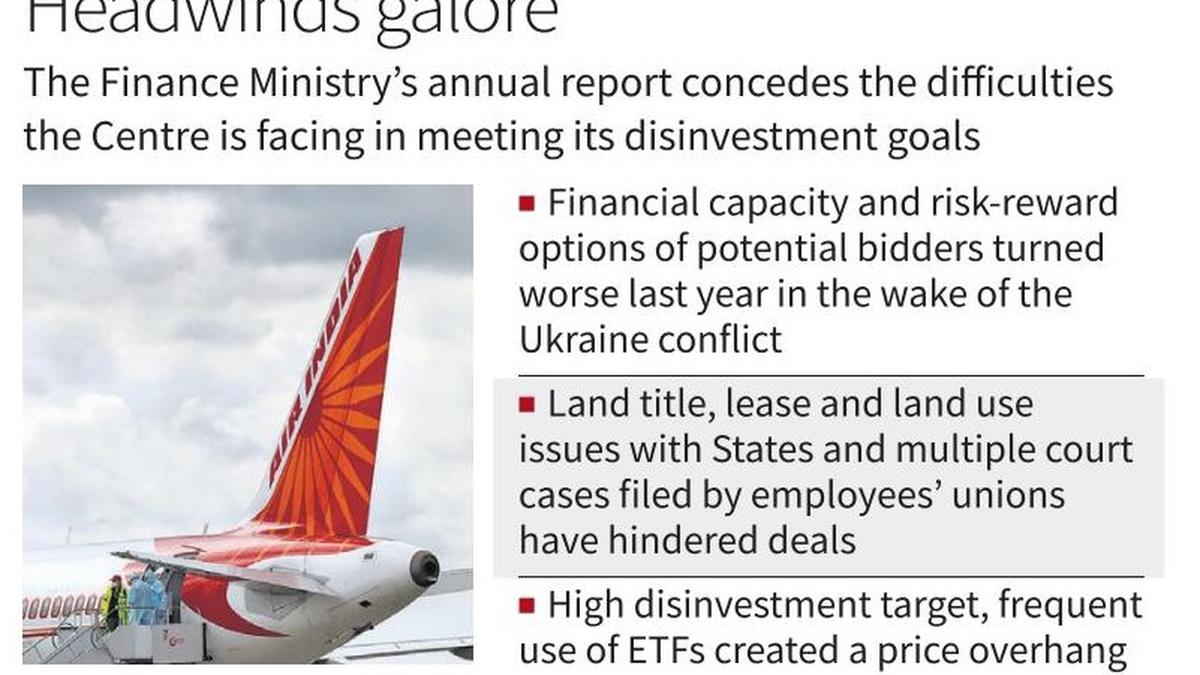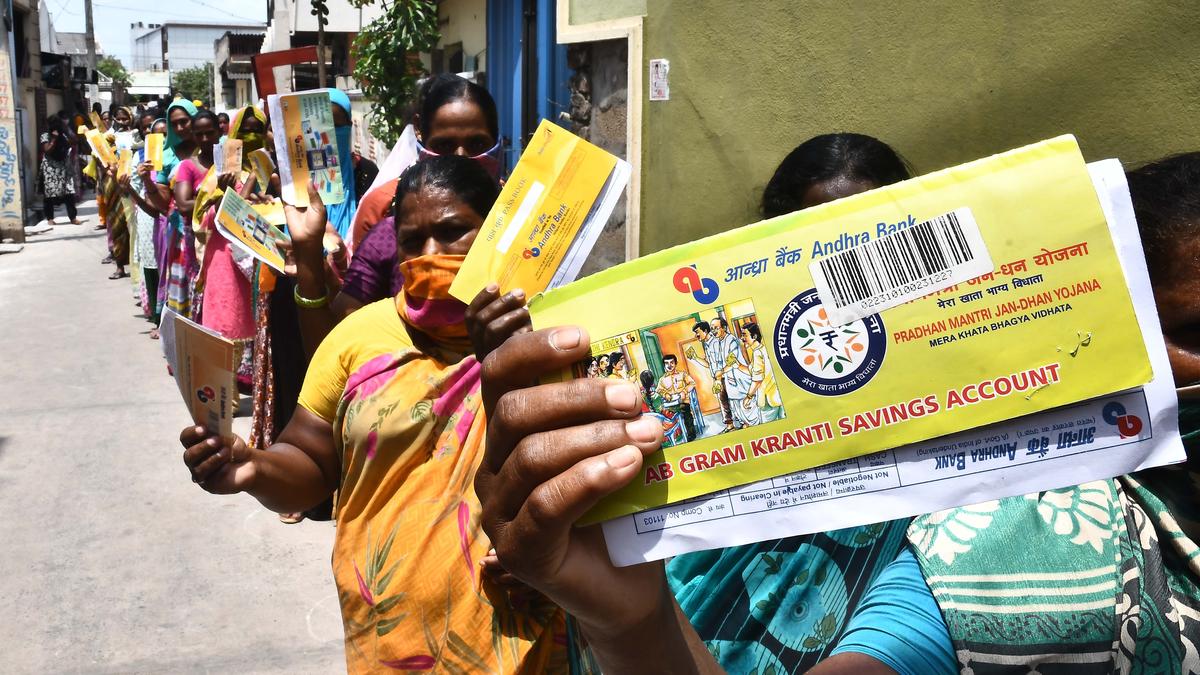With the cost of ownership of new cars rising, the sales volume of used cars in India is expected to cross 6 million units this fiscal driven by value-conscious demand, rising digital adoption and better access to finance, CRISIL Ratings said in a study.
This has lifted the used-to-new ratio in car sales to 1.4 from less than 1 five years ago, with the volume growing more than twice as fast, it added.
The market value of these used cars is estimated to be ₹4 lakh crore, nearly matching that of new car sales, the rating agency said.
After a tepid 5% volume growth seen between fiscal 2017-24, used vehicle sales grew at a strong 8% last fiscal and is poised to grow up to 10% this fiscal too, it added.
Anuj Sethi, Senior Director, CRISIL Ratings, “The improvement in the used-to-new car sales ratio to 1.4x from under 1.0x five years ago signals a structural shift, driven by rising consumer confidence and digital adoption.”
“The supply too remains strong with average age of used cars steadily dropping and is expected to reach around 3.7 years, reflecting quicker upgrade cycles and growing preference for utility vehicles, mirroring new car trends,” he said.
All the same, there is significant headroom for growth as India’s used-to-new car sales ratio of 1.4 times still lags mature markets such as the US (2.5 times), UK (4 times), Germany (2.6 times) and France (3 times).
The segment, which saw volume remain stable even during the pandemic and semiconductor shortage that disrupted new car production is expected to remain resilient as prolonged rare earth magnet shortages delay new car deliveries, prompting buyers to opt for pre-owned cars and gain quicker access, CRISIL said.
Besides, first-time buyers have a wider range of used car models to choose from, supported by healthy new car sales in the post-pandemic period. To top, improving access to vehicle finance, through lender-platform partnerships and underwriting, driven by artificial intelligence, is likely to support this shift, it added.
Published – July 12, 2025 09:05 am IST





